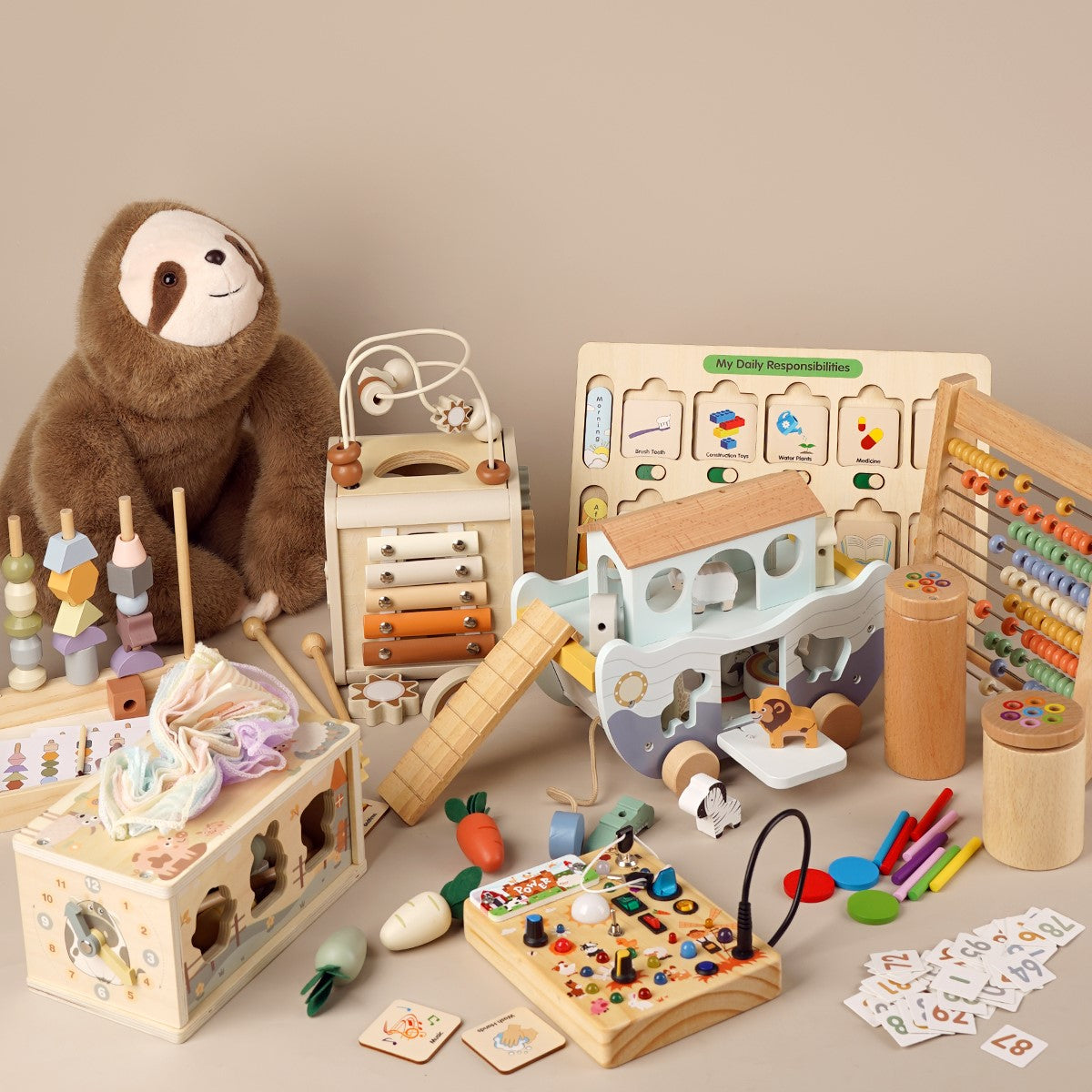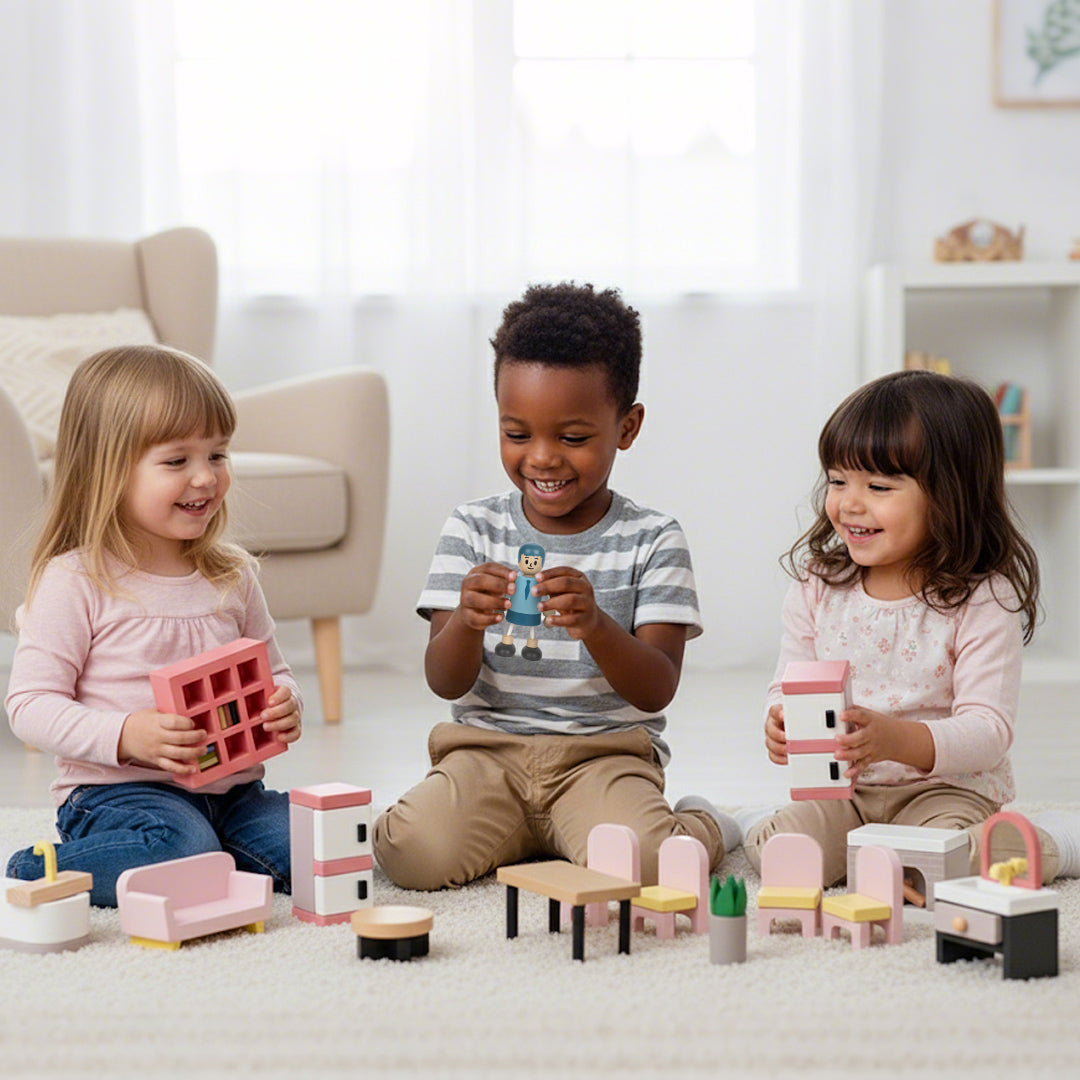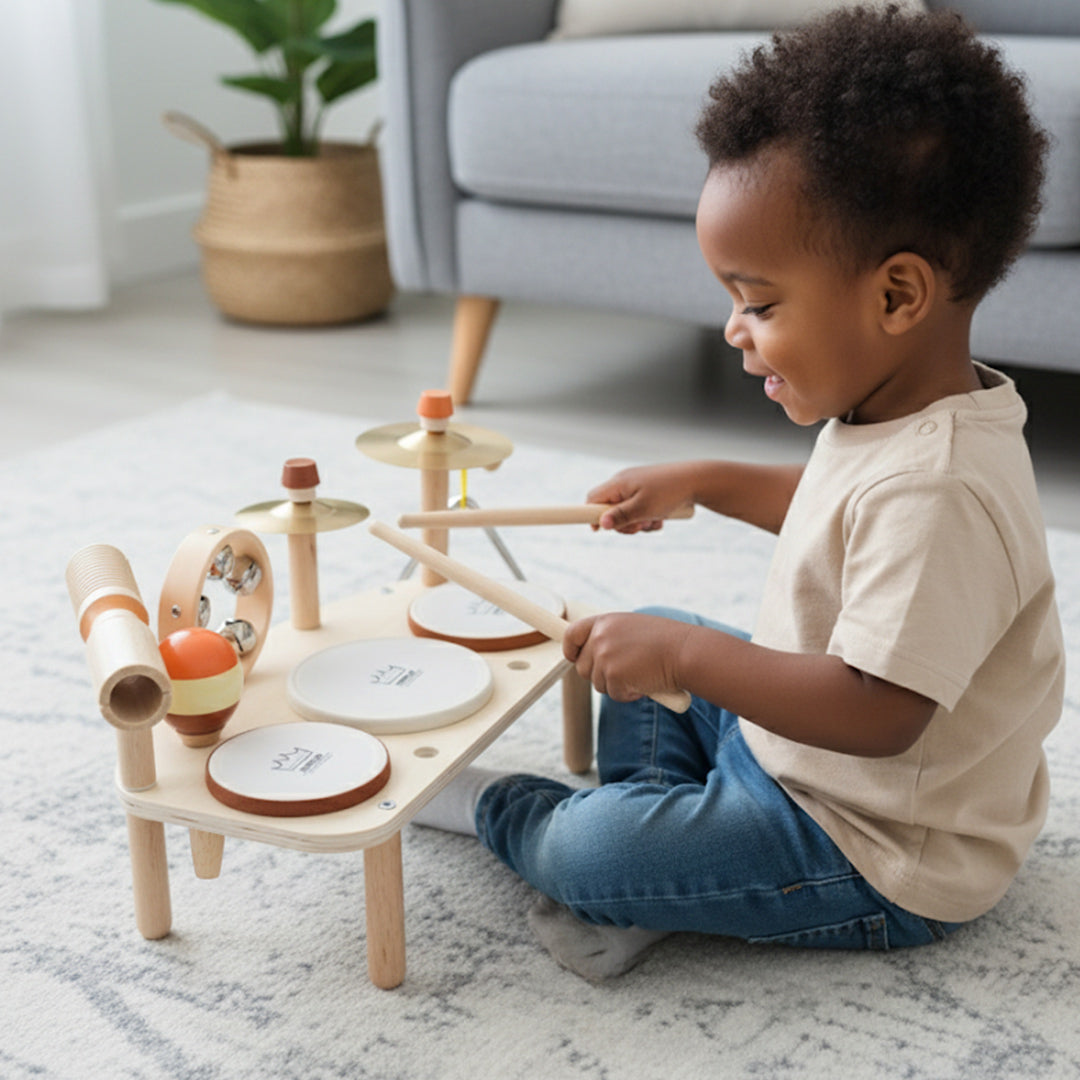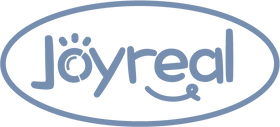SCD vs. ASD: Key Differences & How AAC Devices Improve Communication

Social Communication Disorder (SCD) and Autism Spectrum Disorder (ASD) share some overlapping traits, particularly in the realm of social interaction and communication. However, they are distinct conditions with different diagnostic criteria. It is important to understand the differences for accurate diagnosis and effective treatment. This includes using AAC (Augmentative and Alternative Communication) devices. These devices can help people with either condition.
What is Social Communication Disorder?
Social Communication Disorder (SCD) is a neurodevelopmental condition characterized by persistent difficulties in the social use of verbal and nonverbal communication. SCD affects both children and adults. It changes how people interact, talk, tell stories, and understand social cues in different social situations.
Key Features of SCD:
- Difficulty using language for social purposes (e.g., greeting, sharing information)
Problems adjusting how we communicate based on the situation or the listener's needs. For example, we talk differently to a child than to an adult.
- Challenges following rules for conversation (e.g., taking turns in conversation, rephrasing when misunderstood)
- Trouble understanding nonliteral or ambiguous language (e.g., humor, idioms)
- Difficulty interpreting nonverbal cues (e.g., body language, facial expressions)
What is Autism Spectrum Disorder?
Autism Spectrum Disorder (ASD) is a developmental disorder that affects communication, social interaction, and behavior. ASD is a spectrum, meaning it varies widely in severity and symptoms from person to person.
Core Characteristics of ASD:
- Deficits in social-emotional reciprocity (e.g., difficulty with back-and-forth conversation).
- Impairments in nonverbal communicative behaviors (e.g., poor eye contact, difficulty understanding gestures).
- Difficulty developing, maintaining, and understanding relationships.
- Restricted, repetitive patterns of behavior, interests, or activities (e.g., repetitive movements, insistence on sameness, intense preoccupations).
How Is ASD Different?
While ASD also involves social communication difficulties, it includes additional core features:
- Repetitive behaviors (e.g., hand-flapping, strict routines).
- Highly focused interests (often intense and narrow in scope).
- Sensory sensitivities (e.g., aversion to loud noises, certain textures).
- Diagnostic Rule: If a person meets the criteria for ASD, they cannot be diagnosed with SCD—even if social communication is their primary challenge.
The Role of AAC Devices for Autism
Many individuals with SCD or ASD struggle with expressive or receptive communication. AAC devices provide alternative ways to communicate, including:
- Speech-generating devices (e.g., Tobii Dynavox, Proloquo2Go).
- Picture exchange systems (PECS).
- Text-to-speech apps (e.g., TouchChat, LAMP Words for Life).
Types of AAC Devices & What They Can Communicate
1. Basic Needs & Wants
Many AAC users start with core vocabulary to express essential needs, such as:
- "I want water."
- "I’m hungry."
- "Help, please."
- "Yes" / "No."
(Example AAC tools: PECS, simple button devices, basic speech-generating apps.)
2. Social Interactions & Greetings
AAC helps users engage socially by allowing them to:
- Say hello/goodbye ("Hi!" / "Bye!")
- Express feelings ("I’m happy," "I’m sad.")
- Ask questions ("How are you?")
- Give compliments ("I like your shirt!")
(Example AAC tools: Proloquo2Go, TouchChat, LAMP Words for Life.)
3. Academic & Learning Communication
Students using AAC can:
- Answer questions in class.
- Participate in discussions ("I think…").
- Request help ("I don’t understand.").
- (Example AAC tools: Grid for iPad, Snap + Core First.)
4. Complex Thoughts & Opinions
With advanced AAC systems, users can:
- Tell stories ("Yesterday, I went to the park.").
- Debate or argue ("I disagree because…").
- Express humor (jokes, sarcasm with tone indicators).
(Example AAC tools: Tobii Dynavox, high-tech speech-generating devices with phrase prediction.)
Benefits of AAC for SCD & ASD
- Reduces frustration by giving a voice to nonverbal or minimally verbal individuals.
- Supports social interaction by providing visual and structured communication aids.
- Helps with pragmatic language skills (e.g., initiating conversations, staying on topic).
Joyreal AAC: Bridging Communication for Autism & Social Communication Disorder

Joyreal aac devices provide a versatile communication solution for individuals with autism (ASD) and Social Communication Disorder (SCD). While both conditions involve difficulties with social interaction and language use, ASD also includes repetitive behaviors and sensory sensitivities, whereas SCD focuses solely on communication struggles.
Joyreal AAC helps users:
- Express needs & emotions – From simple requests ("I want water") to complex thoughts ("I feel frustrated").
- Improve social interactions – Greetings, questions, and conversations become more accessible.
- Support language development – Especially beneficial for nonverbal or minimally verbal individuals.
With customizable features like picture symbols, text-to-speech, and phrase prediction, Joyreal AAC adapts to each user’s needs—whether they have autism, SCD, or other speech-related challenges.
Myths About AAC Users
❌ Myth: "AAC prevents speech development."
✅ Fact: Research shows AAC often improves verbal speech in autistic and nonverbal individuals.
❌ Myth: "AAC is only for people who can’t talk at all."
✅ Fact: AAC helps everyone with communication challenges, including those with partial speech.
Conclusion
Both Social Communication Disorder (SCD) and Autism Spectrum Disorder (ASD) involve problems with social communication. However, ASD has extra behavioral and sensory features that set it apart. Early diagnosis and personalized treatments, like speech therapy and AAC devices, can greatly improve communication skills. They also enhance the quality of life for people with these conditions. With the right AAC tools, like simple picture cards or advanced speech devices, users can share their needs and thoughts. This helps nonverbal and minimally verbal people, especially those with autism, take part in communication and social interactions.
Maybe it will be helpful for you:
Recent Post

What Finally Helped My Toddler Speak Up?
If you’re a toddler mom, you already know how much emotional weight...

Joyreal Christmas Toys Deals 2025
Enjoy instant savings across nearly every category, from early lear...

How Wooden Montessori Toys Support a Sustainable Childhood
Most parents don’t say it out loud, but many feel the same quiet fr...

Top Christmas Gifts to Help Kids Communicate Better This Holiday Season
The holiday season brings joy, family bonding, and endless opportun...

How to Make DIY Printable Communication Boards
Communication is at the heart of every child’s development — and fo...

Top 5 Christmas Gifts That Bring Families Closer (2025 Guide)
Christmas isn’t just about the gifts — it’s about the moments we c...

Top Musical Christmas Gifts for Toddlers & Preschoolers 2025
Why Musical Gifts Are Perfect for Toddlers and Preschoolers Music h...

Joyreal AAC Devices Wholesale Partner
In today’s educational and therapeutic environments, speech therapi...

Joyreal AAC Device – Big Sale for Autism & Speech
Every Voice Deserves to Be Heard Imagine your child looking up at y...

How to Choose Safe & Educational Toys for Christmas 2025
When “Just a Toy” Means So Much More If you’re a parent, you know t...









